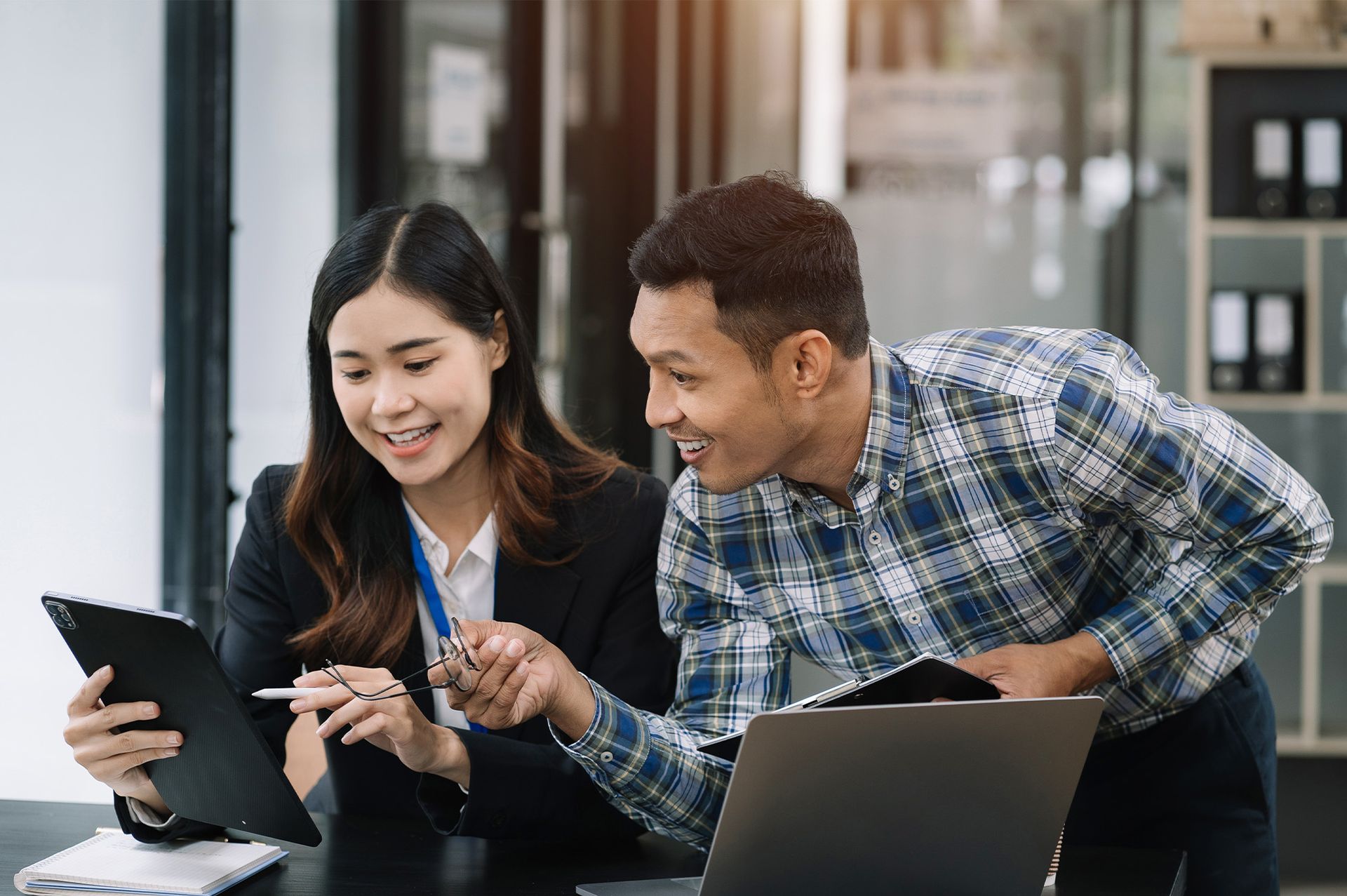Localizing your brand message in China
Translation from English to Chinese is a nightmare. Facebook is full of websites dedicated to ridiculous translations on store signs, billboards and t-shirts. And just last week we had a client ask why their Chinese team was upset that the global team actually used Google Translate for their marketing brochure – can you imagine how mangled that was?
Our dear friends of translation companies often come to the rescue – turning out around 40 pages in a few days of serviceable copy. But this often has to be completely re-written – straight translations always lose unless you are doing very technical translation. But marketing copy or brand messages? Prepare for confusion and perhaps even embarrassment. Advertisements and company slogans are also notorious for being badly translated. No – Google Translate is not a copywriter.
What’s wrong?
Translation is not marketing – if you want to attract target customers and position your company in a foreign market, you’re going to have to put in more effort than just going for a translation. It’s the same with ad campaigns – designed specifically for one market they rarely translate well, or at the least just confuse the target audience.
Transcreation
Transcreation (“translation” + “creation”) is a term used by translation agencies and some marketers to describe their approach – basically writing original copy from a client brief. This is already a much better step than trying to just do translation.
How do we do it in the agency?
We take it way beyond transcreation. It’s not just about the client brief – we actually need to understand the client’s positioning in the market, which means understanding competitors, the market, the products, and the company’s strengths.
For brand positioning and messaging we go through a version of the Brandigo
brand methodology , which includes:
- defining the company’s points of differentiation,
- analyzing the competition
- interviewing stakeholders, from clients to suppliers and employees
- adding in quantitative data from primary research or other sources
From this we develop a proper brand narrative, and then work on the messaging, which also typically includes analyzing the look and feel of the localized marketing collaterals. So this process might affect everything from the visuals to the slogan. The key is staying on brand , but also reaching the target Chinese audience with your core message.
At the end of the day look closely at how you are localizing and translating your brand in China – and other countries.
SHANGHAI
+ 86 21 6083 1177
4F, Anken Access
285 Anyuan Road
Jing'An District
Shanghia, China
Brandigo is an independent marketing communications agency based in Shanghai, China. We work with multinational clients to support their marketing and business growth efforts in China.
For global brand strategy, visit brandigo.com
© 2023 Shanghai Zaoyihang Advertising Ltd. All rights reserved.







